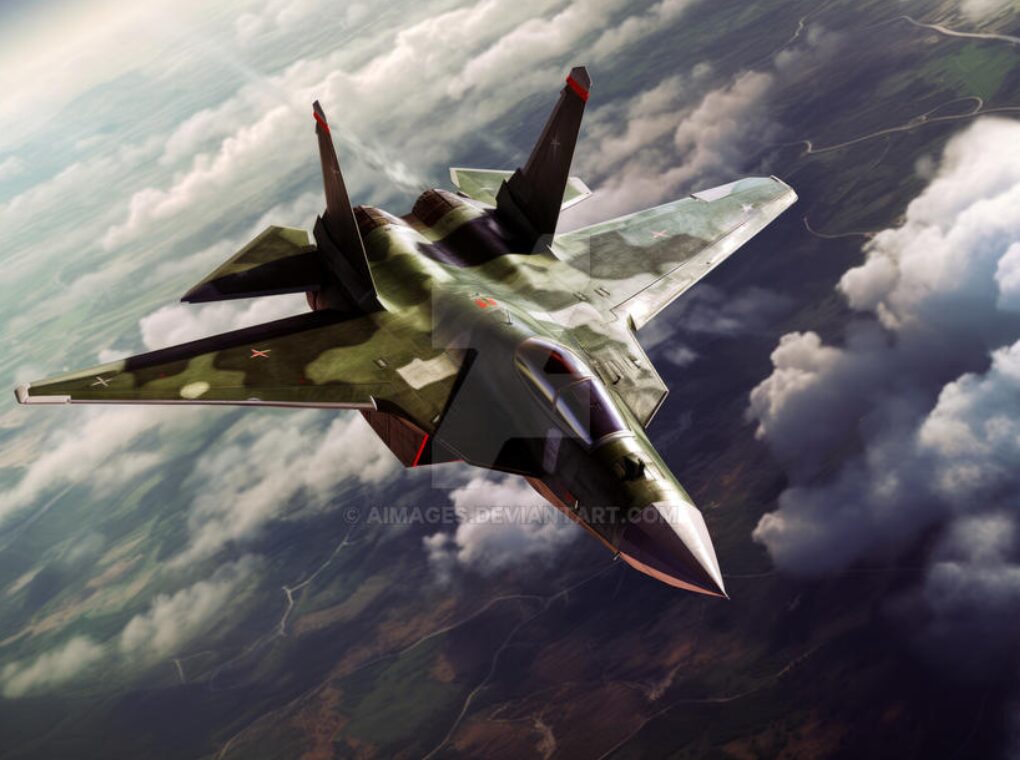More than three years into Russia’s full-scale invasion of Ukraine, a disturbing contradiction lies at the heart of the ongoing conflict. While the United States and its allies have provided billions in military aid and humanitarian support to Ukraine, a newly released investigative report reveals that Western-manufactured technology continues to play a critical role in powering Russia’s most advanced fighter jets—jets responsible for some of the deadliest attacks on Ukrainian civilians and infrastructure.
Published jointly by the International Partnership for Human Rights (IPHR) and the Independent Anti-Corruption Commission (NAKO), the 84-page report meticulously documents how critical microelectronic components from U.S. and allied nations have ended up embedded in Russian Su-34 and Su-35S aircraft, despite sweeping international sanctions and export controls.
Western Tech in Russian Warplanes
The report, based on the analysis of more than 180,000 customs shipment records from 2023, reveals that Russia imported approximately $805 million worth of microelectronic goods last year. These imports—crucial for Russian military aviation—were routed through a network of intermediary firms and shell companies operating in China, Hong Kong, Turkey, and the United Arab Emirates, effectively masking their military end-use and destination.
Investigators traced over 1,100 microelectronic components found in Russian Su-34 and Su-35S fighter jets to 141 Western companies, including major U.S. manufacturers such as Texas Instruments, Intel, Analog Devices, ON Semiconductor, and AMD. Other significant suppliers hail from Germany, Japan, Taiwan, and South Korea.
The report emphasizes that while many of these firms publicly state their products are intended for civilian use only, a combination of weak enforcement mechanisms and porous export control systems has allowed these high-tech parts to end up in the Russian war machine.
A Supply Chain of Shadows
Russia’s ability to circumvent sanctions relies on a sophisticated and opaque global supply chain. By using third-party countries and shell companies, Russian entities can obscure the origins and destinations of electronic components. In some cases, exporters may be unaware of the ultimate military end-use of their products, but the lack of due diligence and oversight only exacerbates the problem.
One particularly damning section of the report cites a U.S. Senate investigation, which found that Texas Instruments failed to respond to over 100 trace requests about its components found in Russian weaponry between August 2022 and February 2024. Simultaneously, Russian suppliers openly advertise their ability to source sanctioned Western components—an indication of how emboldened the parallel procurement networks have become.
Human Toll: Death and Destruction from the Skies
The Su-34 and Su-35S fighter jets, equipped with advanced munitions like the UMPB D30-SN glide bomb and Grom-1 missiles, have been at the forefront of Russia’s air campaign in Ukraine. According to the report, these jets have conducted dozens of strikes on Ukrainian cities with devastating consequences.
Investigators geolocated over 60 airstrikes and detailed 10 major attacks between May 2023 and May 2024. These strikes led to 26 civilian deaths and 109 injuries, and destroyed 71 homes, five schools, five medical facilities, and multiple energy infrastructure sites.
Sanctions Undermined, Conflict Prolonged
This investigation raises pressing questions about the efficacy of current sanction regimes. While the West continues to arm and support Ukraine in its defense, it inadvertently supplies Russia with the very technologies used to carry out destructive airstrikes.
“The continued influx of Western microelectronics into Russia’s military industry directly undermines international sanctions and prolongs the suffering in Ukraine,” said a spokesperson from IPHR. “Without urgent action to close these loopholes, the global community risks fueling the very war it seeks to end.”
A Call for Action
The report ends with a call to tighten enforcement of export controls, improve corporate transparency and accountability, and strengthen international cooperation to prevent the misuse of dual-use technologies. It also urges Western governments to hold companies accountable for failing to conduct due diligence or respond to trace inquiries.
As the war in Ukraine grinds on, this revelation serves as a stark reminder that in the globalized economy, no conflict is isolated. Even as missiles rain down on Ukrainian cities, the microchips guiding them may trace their origins back to factories in the very countries trying to stop the bloodshed.
